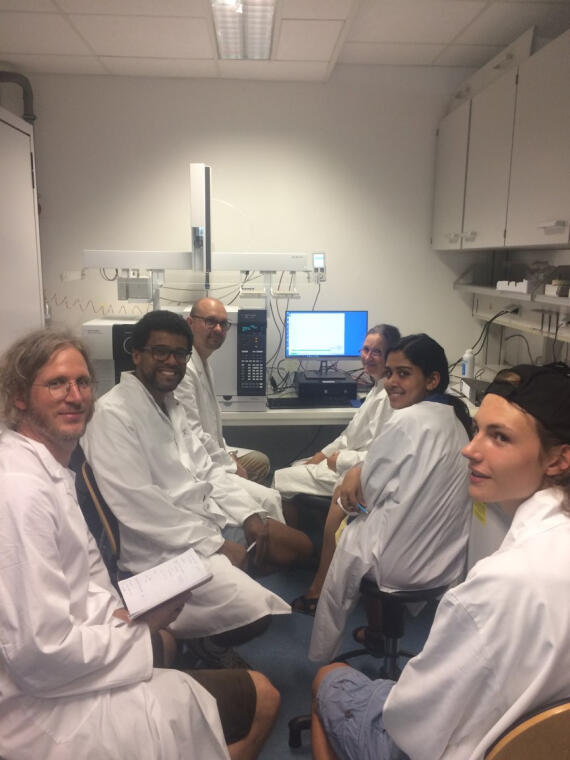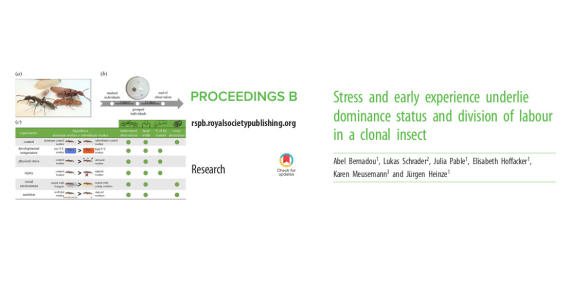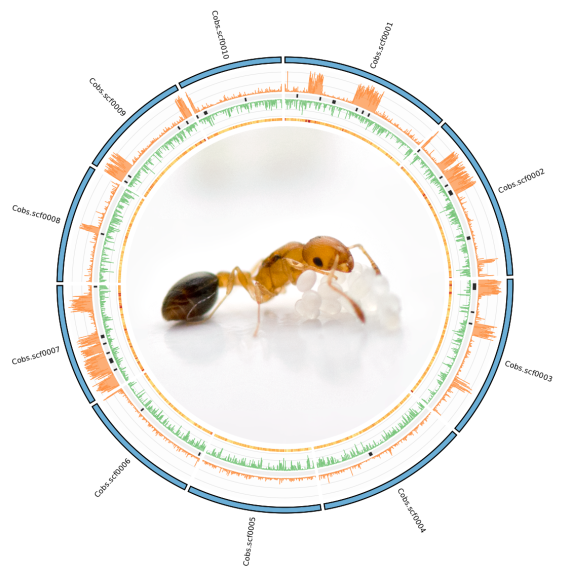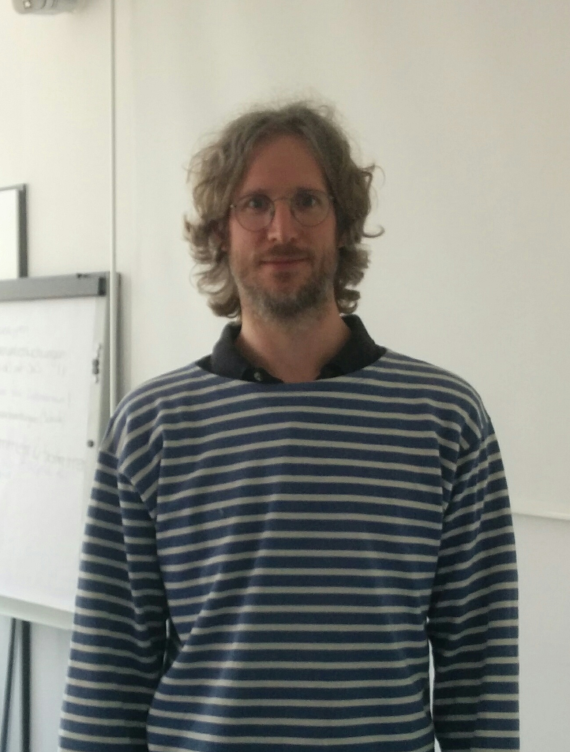
2018


New paper by Bernadou et al.
New paper by Buellesbach et al.
Jan Buellesbach recently published a new paper on cuticular hydrocarbons and their potential role in sexual signaling and species discrimination cues in parasitoid wasps.
Here is an excerpt from the abstract:
"We found a surprising degree of either unspecific or insufficient sexual signaling when cuticular hydrocarbons are singled out as recognition cues. Most strikingly, the cosmopolitan species Nasonia vitripennis, expected to experience enhanced selection pressure to discriminate against other co-occurring parasitoids, did not discriminate against CHC of the phylogenetically distant species Trichomalopsis sarcophagae. Focusing on the latter species, in turn, it became apparent that CHC are even insufficient as the sole cue triggering sexual behavior, hinting at the requirement of additional, synergistic sexual cues particularly important in this species. Finally, in the phylogenetically and chemically most divergent species Muscidifurax uniraptor, we intriguingly found both CHC-based sexual signaling as well as species discrimination behavior intact although this species is naturally parthenogenetic with sexual reproduction only occurring under laboratory conditions."
For the full paper, click here.

Dhevi Kalyanaraman joins the GadauLab as a new PhD student!

New review by Schrader & Schmitz on transposable elements


